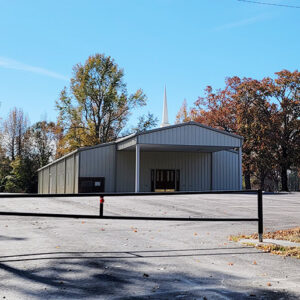 Blackwell Church
Blackwell Church
Entry Category: Counties, Cities, and Towns
 Blackwell Church
Blackwell Church
 Blackwell Church
Blackwell Church
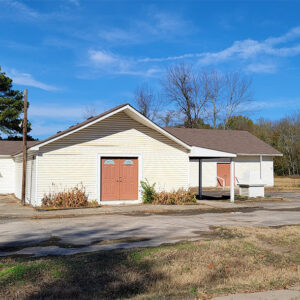 Blackwell Church
Blackwell Church
 Blackwell Street Scene
Blackwell Street Scene
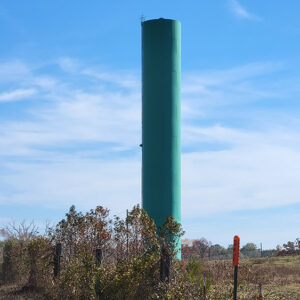 Blackwell Water Tower
Blackwell Water Tower
 Blackwell-Kenwood Fire Department
Blackwell-Kenwood Fire Department
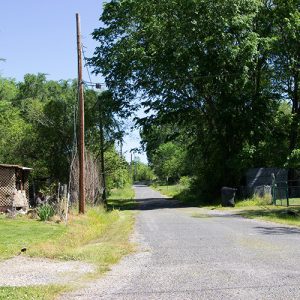 Blakely
Blakely
Blakely (Garland County)
 Bland
Bland
Bland (Saline County)
Blansett (Scott County)
Blevins (Hempstead County)
 Blevins Tornado, 1921
Blevins Tornado, 1921
Blue Ball (Scott County)
Blue Eye (Carroll County)
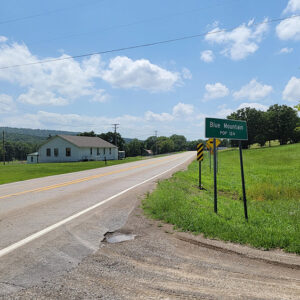 Blue Mountain
Blue Mountain
Blue Mountain (Logan County)
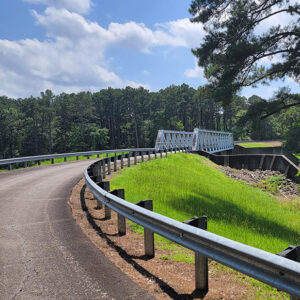 Blue Mountain Bridge
Blue Mountain Bridge
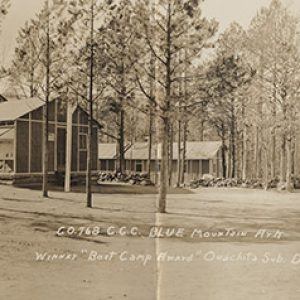 Blue Mountain CCC
Blue Mountain CCC
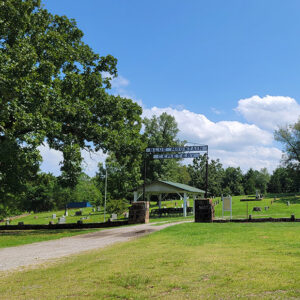 Blue Mountain Cemetery
Blue Mountain Cemetery
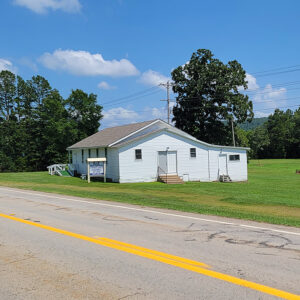 Blue Mountain Church
Blue Mountain Church
 Blue Mountain Dam
Blue Mountain Dam
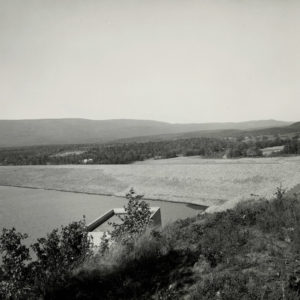 Blue Mountain Dam
Blue Mountain Dam
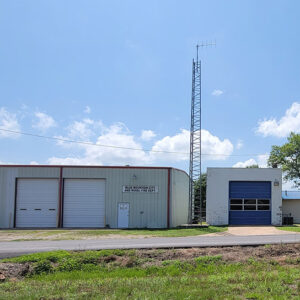 Blue Mountain Fire Department
Blue Mountain Fire Department
 Blue Mountain Lake
Blue Mountain Lake
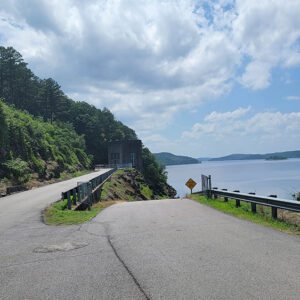 Blue Mountain Lake
Blue Mountain Lake
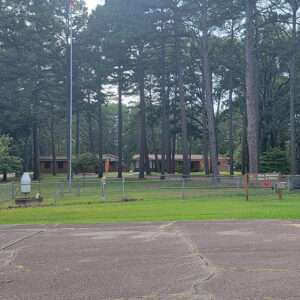 Blue Mountain Office
Blue Mountain Office
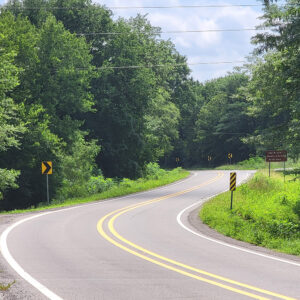 Blue Mountain Park Entrance
Blue Mountain Park Entrance
 Blue Mountain Post Office
Blue Mountain Post Office
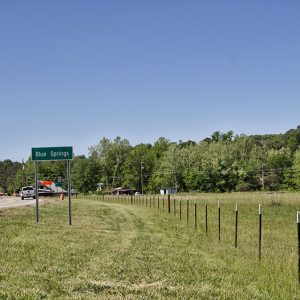 Blue Springs
Blue Springs
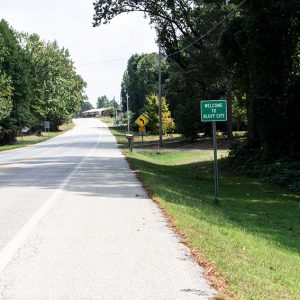 Bluff City
Bluff City
Bluff City (Nevada County)
 Bluff City Cemetery
Bluff City Cemetery
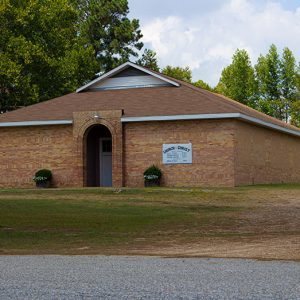 Bluff City Church of Christ
Bluff City Church of Christ
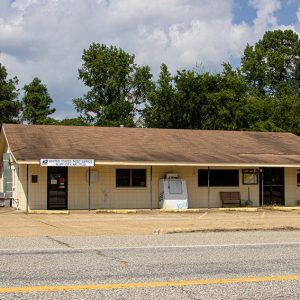 Bluff City Post Office
Bluff City Post Office
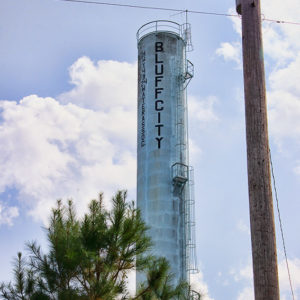 Bluff City Water Tower
Bluff City Water Tower
Bluff Ridge (Scott County)
Blytheville (Mississippi County)
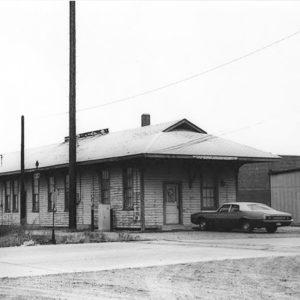 Blytheville Depot
Blytheville Depot
 Blytheville Street Scene
Blytheville Street Scene
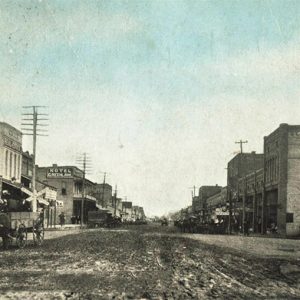 Blytheville Street Scene
Blytheville Street Scene
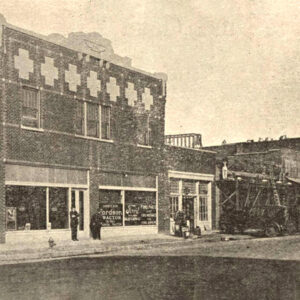 Blytheville Street Scene
Blytheville Street Scene
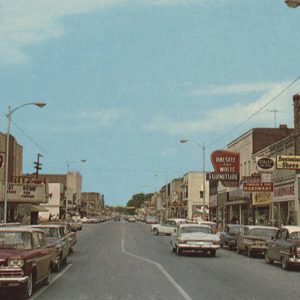 Blytheville Street Scene
Blytheville Street Scene
 Blytheville View
Blytheville View
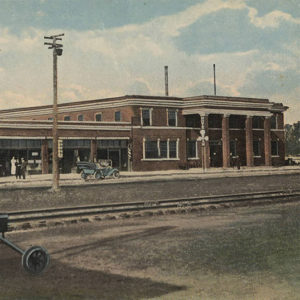 Boas Hotel
Boas Hotel
 Bodcaw
Bodcaw
Bodcaw (Nevada County)
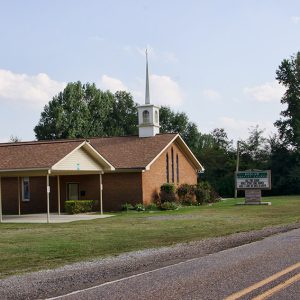 Bodcaw Baptist Church
Bodcaw Baptist Church
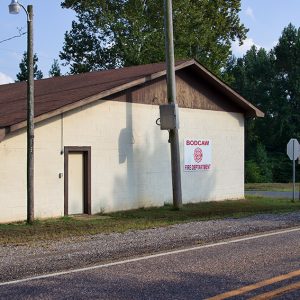 Bodcaw Fire Department
Bodcaw Fire Department
 Bodcaw Street Scene
Bodcaw Street Scene




